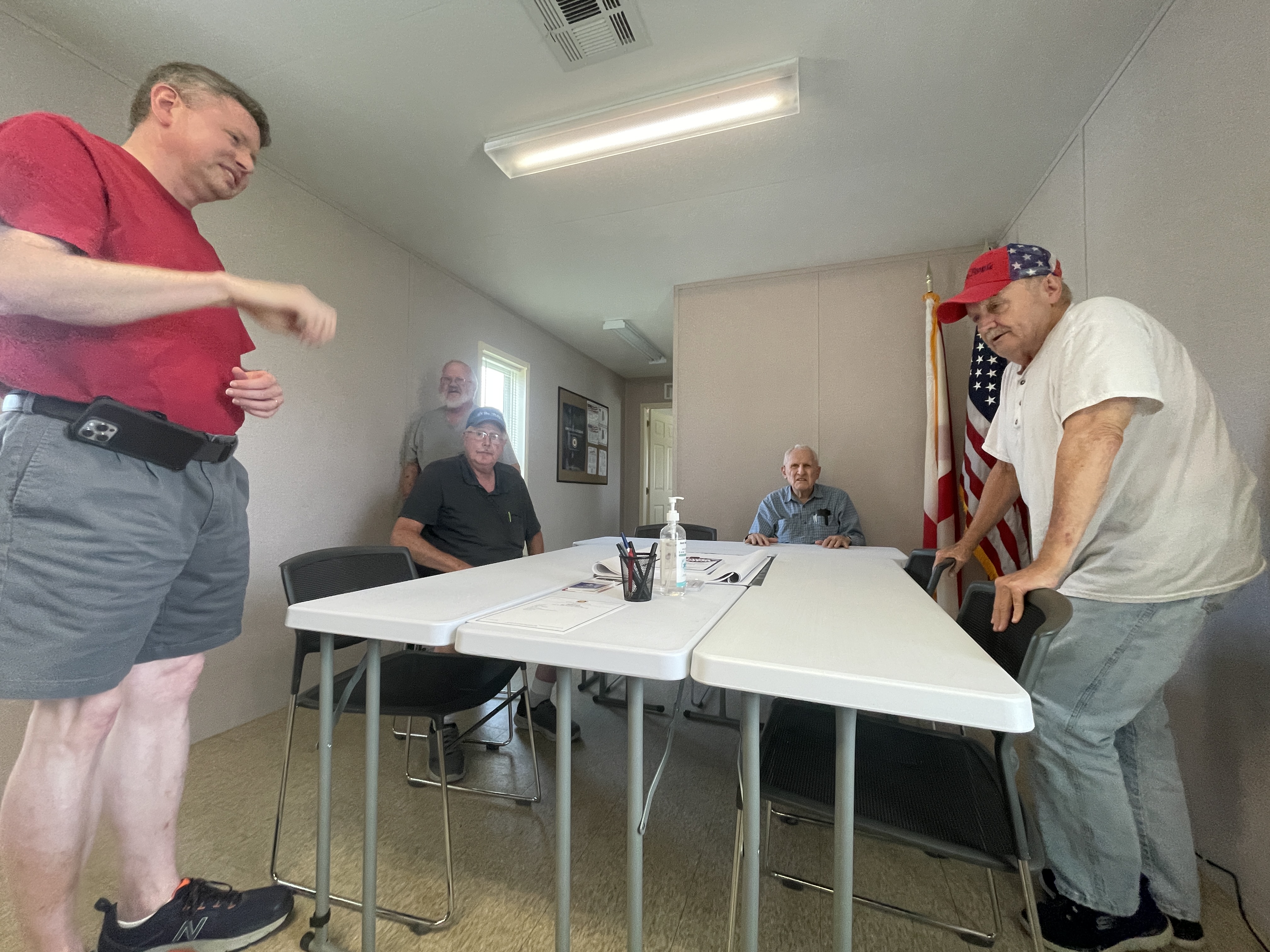Employee engagement a necessity
Published 11:18 am Friday, April 22, 2011
Having spent most of my life either in school or working in an industry that requires constant study, one might think that I am a hopeless pointy head. Fort-unately along the way I have developed an appreciation for the place of both academia and action and more importantly the necessary synergy between both. This week I want to use the experience from both worlds to discuss their impact on creativity and risk.
In the world of books and academia there is the luxury of time. Therefore when you start out with a thought, it doesn’t necessarily have to go on to a finishing point. Compare that to the real world of work. In industry we like to hear the virtues of “execution” and “getting things done.” Got an idea, then just do it. We recoil from the thought of “analysis paralysis” as we press on full steam ahead.
So how can we minimize our risks and maximize our creativity in the midst of the battle between finding time to think and finding time to act? Let me suggest that we try harnessing the strengths of both of these worlds. Most organizations claim to be creative, but in truth, they operate on the usual principle of maintenance of the status quo instead allowing creative problem solving.
It may be difficult for an organization to take some time with the brainy, academia side of the problem when everyone is itching to see the action side. Besides, if you wait too long to act you may miss an opportunity. On the other hand, while opportunities may get missed, opportunities are hard to detect anyway. No-one really gets blamed for a missed opportunity, but you sure do if you make a mistake. Taking no action and essentially doing nothing can be as dangerous as taking a risk. But, be assured, both can run you into the ground, one slowly and the other quickly.
The opposite side of the equation sees everyone taking chances, being creative and running head long toward anarchy. You don’t want everyone running in separate directions just for the sake of change either.
Remember that having an idea and deciding to use the idea are two separate things. It is the business of creativity to have an idea and to show its benefits. It is the business of judgment to decide whether the idea is worth using. There are always reasons to keep doing things the same way, but if you never make a creative change, then you are working way below your potential. Sure there are risks. It may not work. It may be difficult. It may be all wrong. So what is the answer?
The answer depends on the nature of your industry. By definition, some markets are fast-moving, and some are not. Some have fierce competition, and some do not. Technology may be rapid in one industry, and not for others. The key here is finding the way to empower and engage your employees to take the risk and seek out the change opportunity.
In the 1990s, Gallup concluded a decades-long study into employee engagement. One of the key findings was that employees need 12 essential elements from their workplaces to feel engaged and part of the solution. These elements reflect a sense of belonging, growth, and contribution. They are also deeply emotional. Jim Asplund, writing for Gallup, states, “Though we know that workers need to be paid – and though they do like status symbols such as corner offices – they also need emotional fulfillment. If workers’ emotional needs are met, they become engaged with their companies, and their productivity, profitability, retention rate, and safety rate increase. They even get sick less often.”
This is an exciting time in our marketplace, and a wonderful time to get accustomed to the dynamics of the new and the different. Some will jump in to the water, some will wade in, and some will always hesitate before the first action. All three of these choices begin with a single step, so recall as Martin Luther King said, “Faith is taking a step before you see the staircase.”
And remember, take care of your customers, or someone else will.





